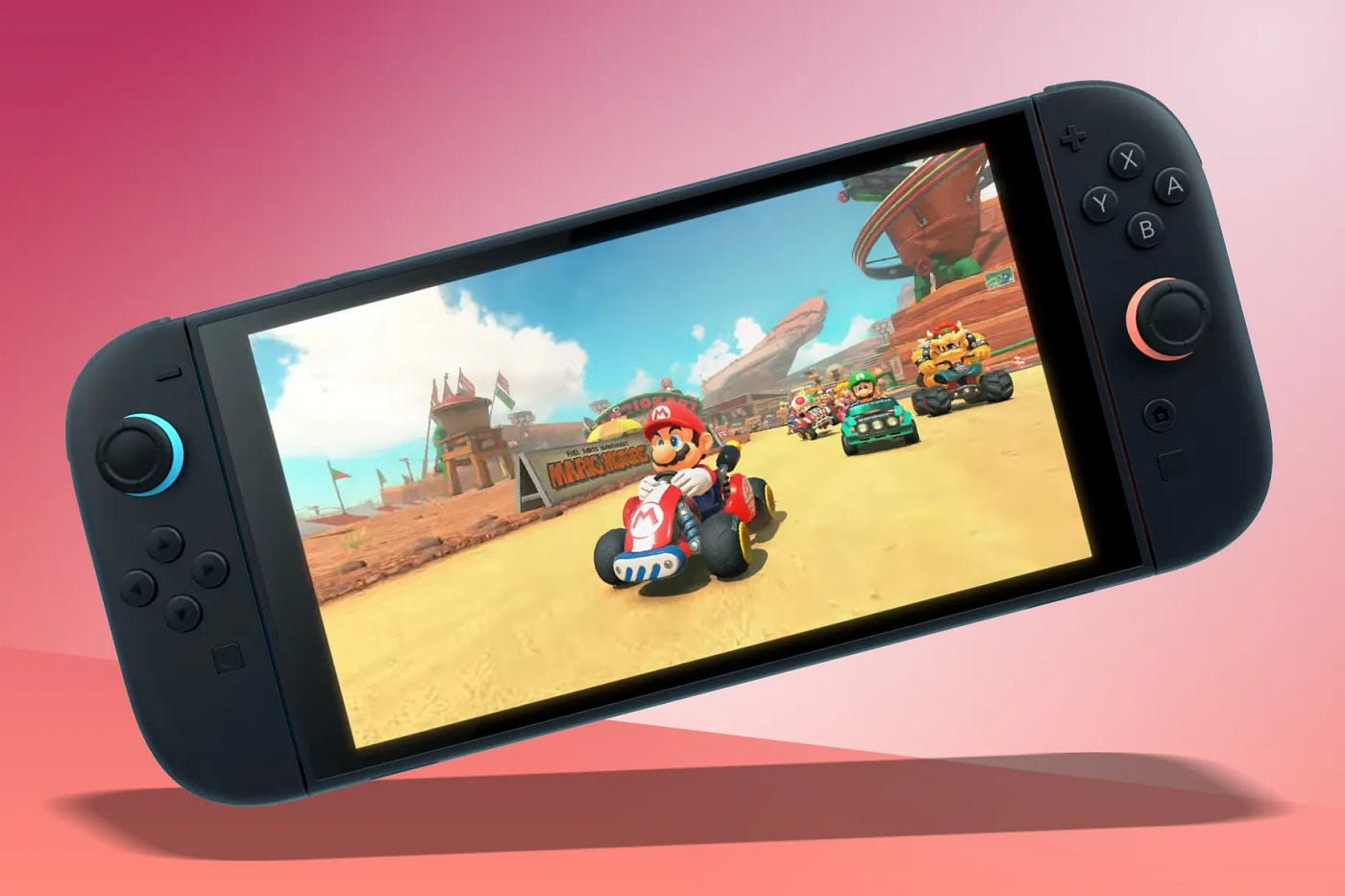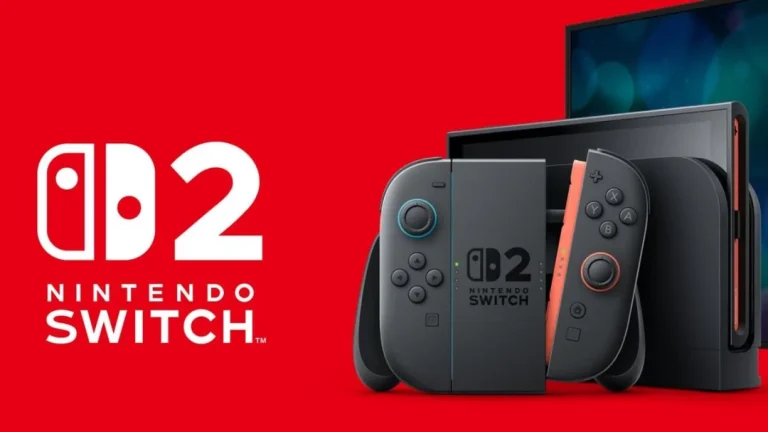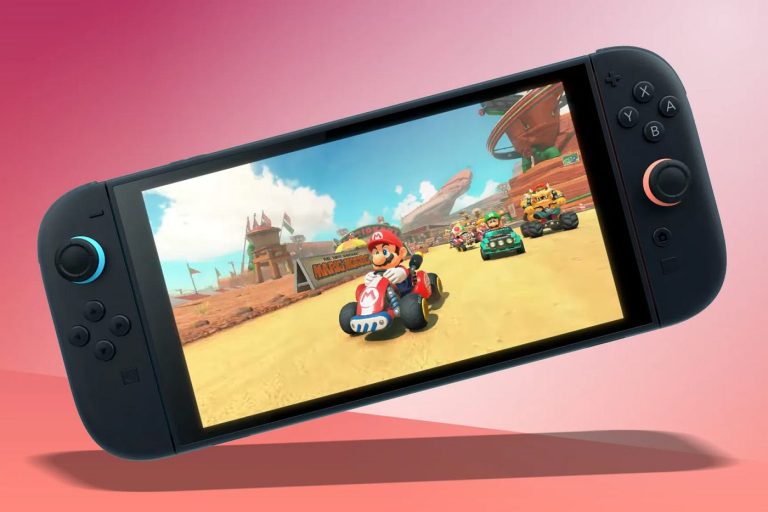
Nintendo is stepping into a new era, evolving far beyond its reputation as just a video game company. While Mario and other beloved characters remain central to its identity, Nintendo’s ambitions now span a broader entertainment landscape.
Key executives like Shinya Takahashi and design icon Shigeru Miyamoto emphasize that Nintendo sees itself foremost as an entertainment company. This shift is evident in its ventures into theme parks, Hollywood movies, and the upcoming launch of the Nintendo Switch 2. It is all aimed at expanding its reach while carefully managing risk.
The Nintendo Switch 2, set to launch globally on June 5, 2025, is a prime example of this cautious innovation. Rather than reinventing the wheel like the Wii’s motion controls, Nintendo is refining a proven formula. The new console keeps the hybrid design of the original Switch. But upgrades the screen size to 7.9 inches, boosts internal power, and redesigns the controllers. It supports both new exclusive titles and most existing Switch games, offering a seamless transition for fans.
Flagship launch games like Mario Kart World and Donkey Kong Bananza showcase the Switch 2’s enhanced capabilities with features. The features such as expansive open-world racing and interactive environments, respectively. These titles highlight Nintendo’s strategy to innovate within familiar frameworks, balancing freshness with the comfort of known favorites.
Nintendo’s expansion into film and theme parks also reflects this risk-averse yet ambitious approach. The blockbuster success of The Super Mario Bros. Movie, produced in partnership with Illumination, stayed true to the source material and grossed over $1 billion, making the way for a sequel. Meanwhile, the upcoming Legend of Zelda live-action film, though slightly riskier, involves trusted creative leadership, including Miyamoto as a producer, ensuring the brand’s integrity is maintained.
The company’s theme parks, starting with Super Nintendo World in Japan and expanding to locations in the U.S. and Singapore, are developed in close collaboration with Universal Studios, known for their expertise in immersive entertainment. Miyamoto’s deep involvement in these projects ensures that the experiences remain interactive and true to Nintendo’s vision.
Even Nintendo’s museum in Kyoto embodies this careful curation, presenting a polished narrative of the company’s history without delving into controversies or internal stories, reinforcing a clean and controlled brand image.
This conservative yet strategic expansion has allowed Nintendo to leverage the massive success of the original Switch which sold over 150 million units as a foundation for growth. However, Nintendo faces the challenge of balancing safety with creativity. While the Switch 2’s design and approach are safe bets, the company’s legacy includes bold moves like the Nintendo DS’s dual screens and the Wii’s motion controls, which revolutionized gaming.
Looking ahead, Nintendo’s continued success will depend on maintaining this delicate balance. Innovating enough to stay exciting and relevant, while protecting its brand and core audience. Beyond consoles, Nintendo is also exploring smaller, creative projects like charming alarm clocks and DIY cardboard accessories, which keep the spirit of playful invention alive without risking the company’s broader stability.
Nintendo is growing into a multifaceted entertainment powerhouse, carefully expanding into new areas while refining its gaming roots. The Switch 2 launch this summer marks a significant milestone in this journey, promising familiar yet enhanced gaming experiences as Nintendo navigates its future with both ambition and prudence.
Other articles you may find interesting






